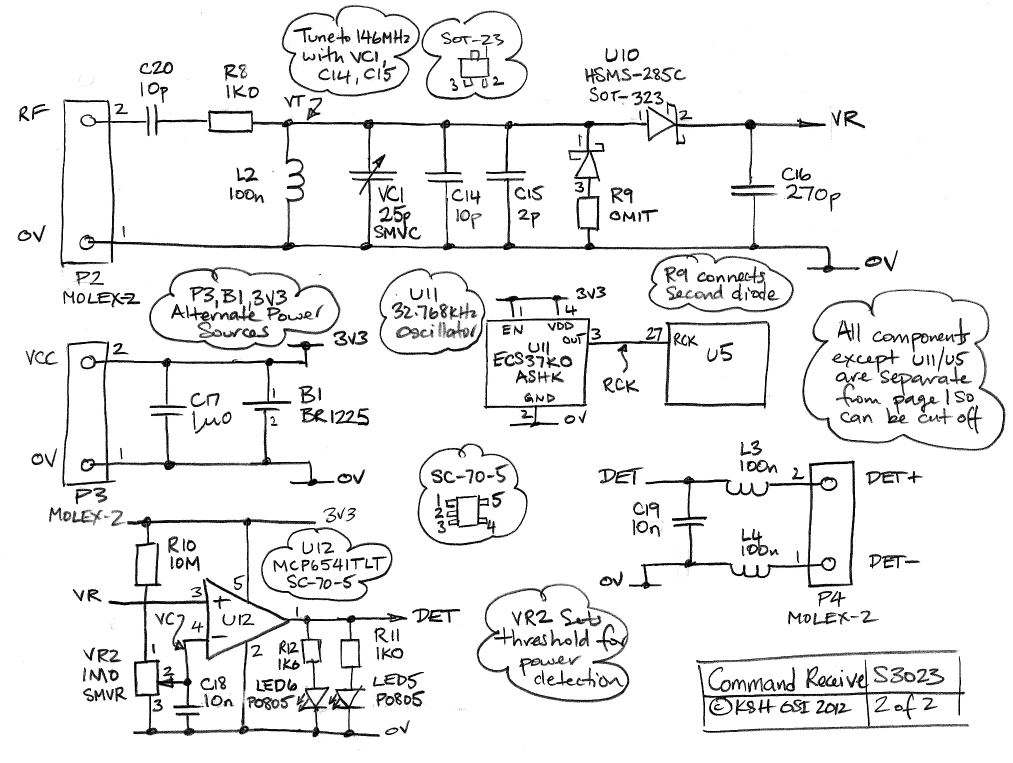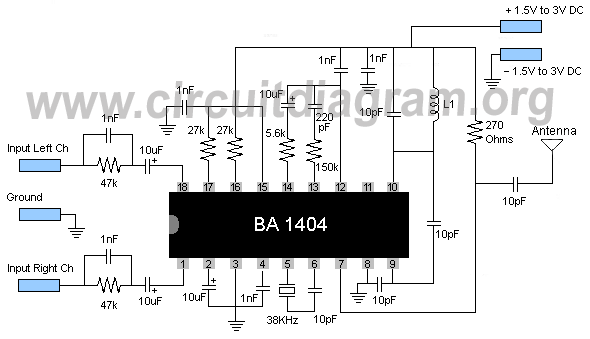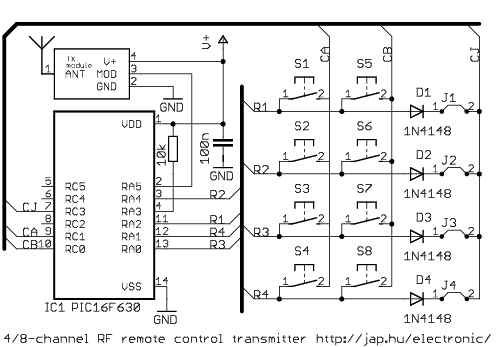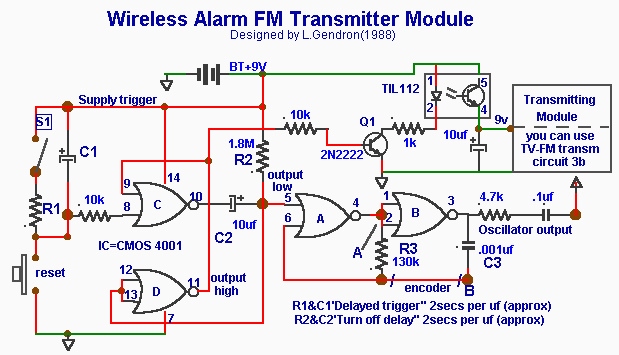
LM10 Thermocouple Current Loop Transmitter

A current loop transmitter refers to a sensor system utilized in industrial 4-20mA current loop technology. This transmitter contains the...
A current loop transmitter is a critical component in industrial automation and control systems, particularly in applications where analog signal transmission is necessary. The 4-20mA current loop is a standard signaling method that allows for the transmission of sensor data over long distances while maintaining signal integrity.
The transmitter operates by converting the sensor's output into a proportional current signal that ranges from 4 mA to 20 mA. The lower limit of 4 mA typically indicates the zero or minimum measurement value, while the upper limit of 20 mA corresponds to the maximum measurement value. This range is particularly advantageous because it provides a clear distinction between the active signal and a fault condition, as a current below 4 mA or above 20 mA can indicate a problem in the circuit.
In a typical configuration, the current loop transmitter is powered by a DC voltage source, which also supplies the necessary power to the sensor. The sensor detects a physical parameter, such as temperature, pressure, or flow rate, and generates a corresponding signal that the transmitter converts into a 4-20mA output. This output is then transmitted through a two-wire loop to a receiving device, such as a programmable logic controller (PLC) or a data acquisition system.
The design of the current loop transmitter includes essential components such as an analog-to-digital converter (ADC) for processing the sensor signal, signal conditioning circuitry to filter and amplify the signal, and a current output stage that ensures the correct current is maintained throughout the loop. Additionally, the transmitter may incorporate features like isolation to protect against voltage spikes, temperature compensation for enhanced accuracy, and diagnostics to monitor the health of the system.
Overall, the current loop transmitter is an integral part of modern industrial systems, providing reliable and efficient means of transmitting sensor data over considerable distances while ensuring minimal signal degradation.Current loop transmitter is the term associated with sensor system that is used in industrial 4-20mA current loop technology. This transmitter contain the.. 🔗 External reference
A current loop transmitter is a critical component in industrial automation and control systems, particularly in applications where analog signal transmission is necessary. The 4-20mA current loop is a standard signaling method that allows for the transmission of sensor data over long distances while maintaining signal integrity.
The transmitter operates by converting the sensor's output into a proportional current signal that ranges from 4 mA to 20 mA. The lower limit of 4 mA typically indicates the zero or minimum measurement value, while the upper limit of 20 mA corresponds to the maximum measurement value. This range is particularly advantageous because it provides a clear distinction between the active signal and a fault condition, as a current below 4 mA or above 20 mA can indicate a problem in the circuit.
In a typical configuration, the current loop transmitter is powered by a DC voltage source, which also supplies the necessary power to the sensor. The sensor detects a physical parameter, such as temperature, pressure, or flow rate, and generates a corresponding signal that the transmitter converts into a 4-20mA output. This output is then transmitted through a two-wire loop to a receiving device, such as a programmable logic controller (PLC) or a data acquisition system.
The design of the current loop transmitter includes essential components such as an analog-to-digital converter (ADC) for processing the sensor signal, signal conditioning circuitry to filter and amplify the signal, and a current output stage that ensures the correct current is maintained throughout the loop. Additionally, the transmitter may incorporate features like isolation to protect against voltage spikes, temperature compensation for enhanced accuracy, and diagnostics to monitor the health of the system.
Overall, the current loop transmitter is an integral part of modern industrial systems, providing reliable and efficient means of transmitting sensor data over considerable distances while ensuring minimal signal degradation.Current loop transmitter is the term associated with sensor system that is used in industrial 4-20mA current loop technology. This transmitter contain the.. 🔗 External reference





